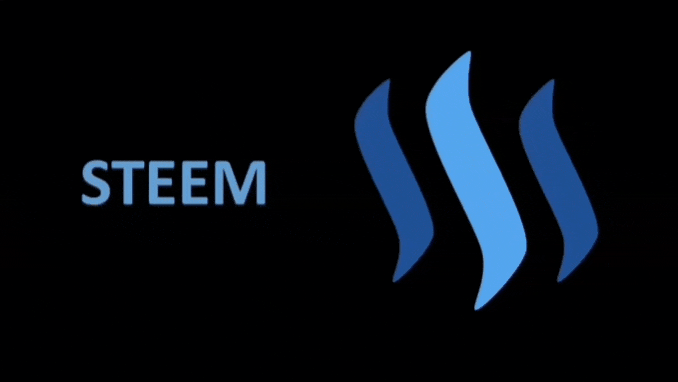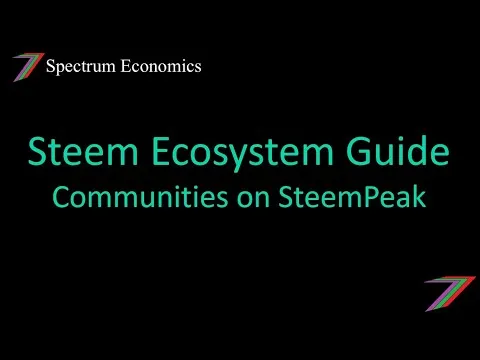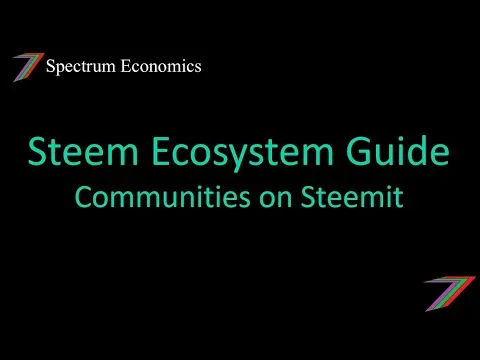Hi Everyone,
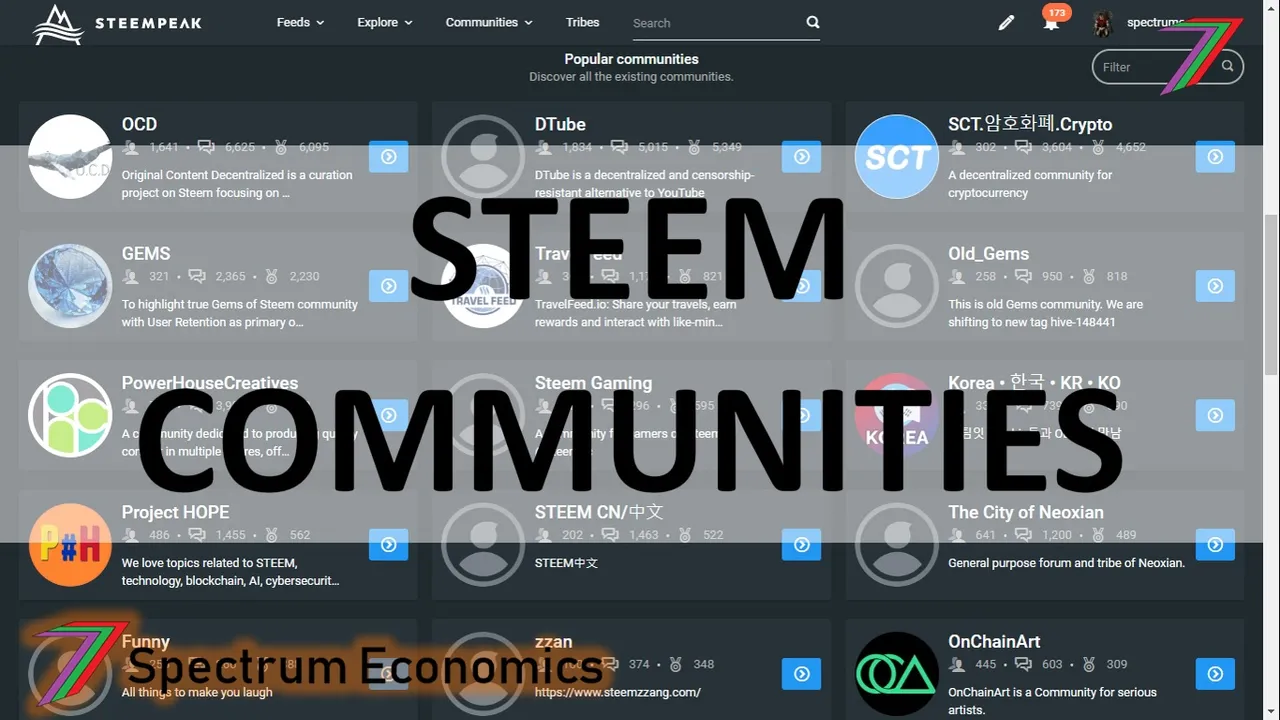
This post contains two videos about the new communities on Steem. One video presents communities using SteemPeak and the other using Steemit. Both these videos have been added to my ‘Guide to the Steem Ecosystem’ Udemy course; this course is free-of-charge and will remain that way. Unfortunately, because of changes made by Udemy regarding free courses, I will not be able to update the videos for this course after 17 March 2020. New information after this date will be included in a shorter update course, which will also be free but limited to just two hours of video content; this is in accordance to the new rules regarding free courses.
Communities on SteemPeak
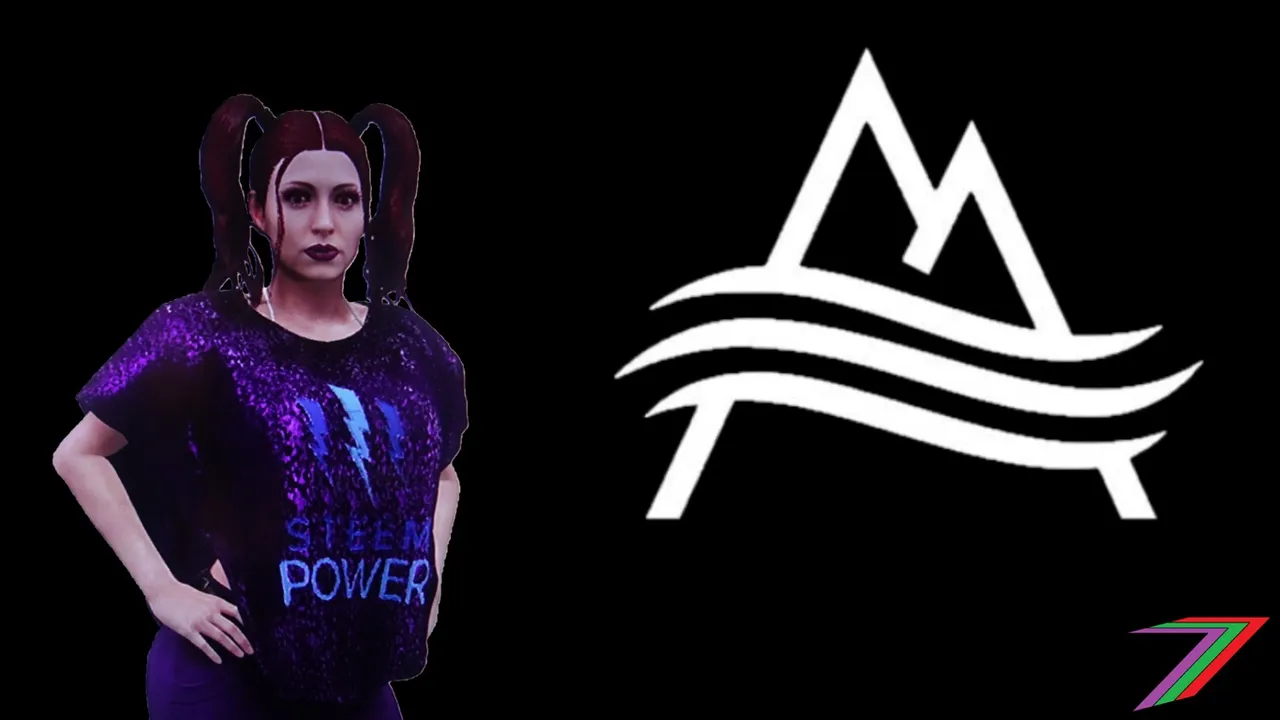
Currently, Steem communities can be accessed through either SteemPeak or Steemit. I believe communities will eventually be available through other user interfaces. For this post and these videos, I will focus purely on SteemPeak and Steemit user interfaces.
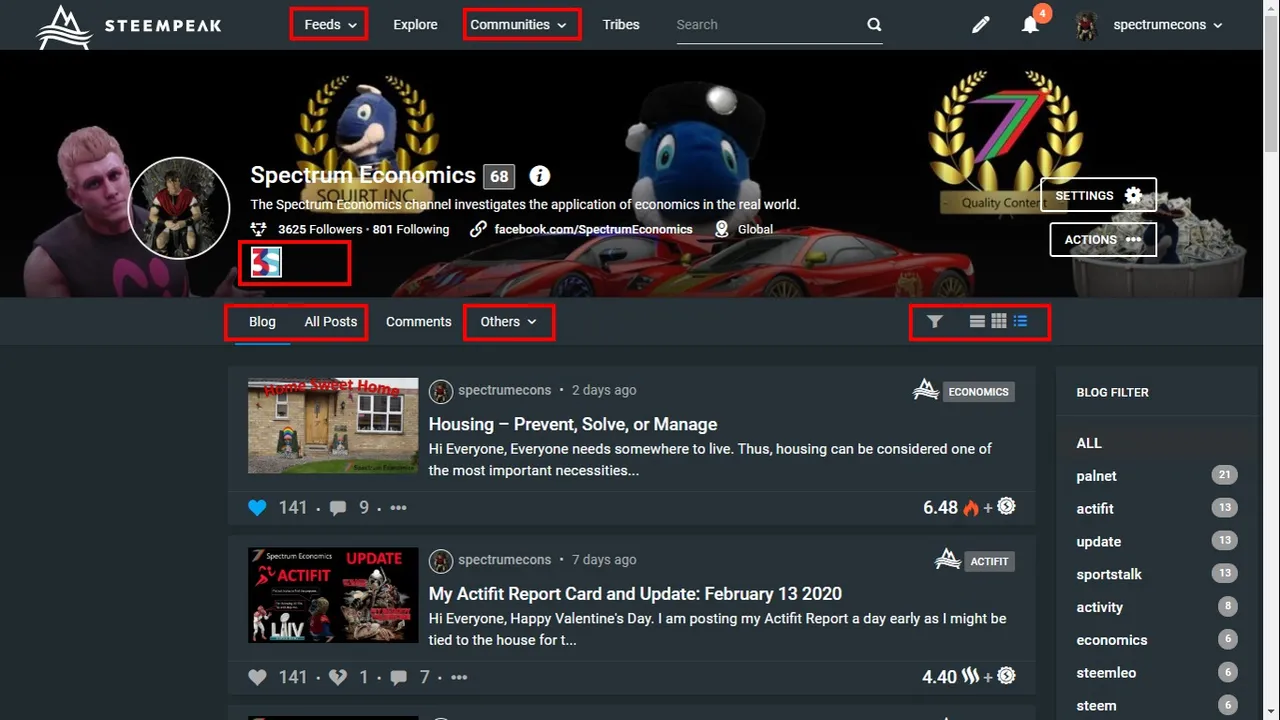
With the arrival of communities, SteemPeak made several changes to their user interface. The first and most noticeable change is to your own page.
- Your page now provides you with direct access to all the Steem Communities with a dropdown menu in the top toolbar.
- You now have access to multiple feeds. These feeds include those that you follow, your favourite content creators, and posts that appear in the communities that you follow (posts from all communities you follow or any selected community).
- Users can also be awarded badges for certain accomplishments or activities. These badges are displayed just above the page toolbar and below your page information.
- Blogs and posts have been separated. Blogs are posts, which have been posted to your blog/page instead of to a community. Posts are all posts by the user; these include community posts and cross posted content.
- Connections, subscriptions, notifications, payouts, activities, and wallet are included under the ‘Others’ dropdown in your page toolbar. Subscriptions are a list of the communities that you have joined.
- The filters option and display options have been moved from the left side to the right side of the screen. Each display has its own designated button in the new layout.
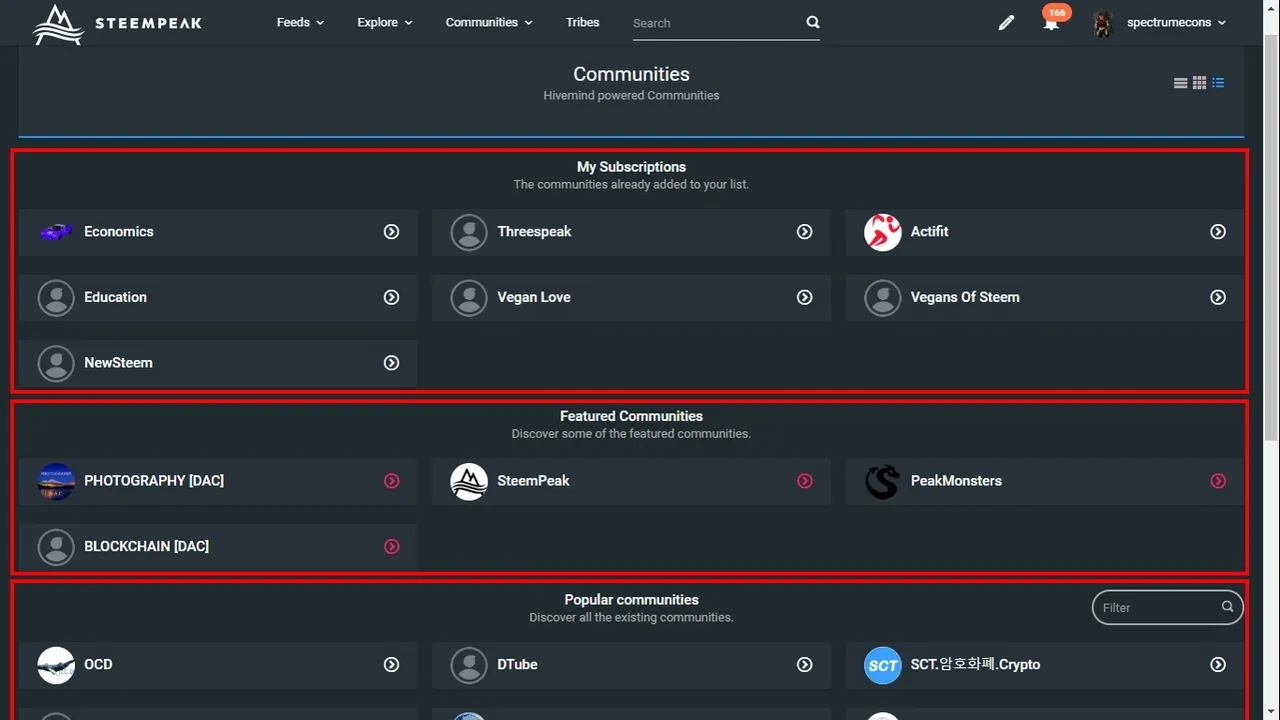
The communities’ dropdown menu enables users to enter their own communities directly or visit a general communities page where they can enter any community they like. SteemPeak divides the communities into three groups; these are subscriptions, featured and popular. In the popular section, there is a search function, which can be used to help find particular communities or types of communities.
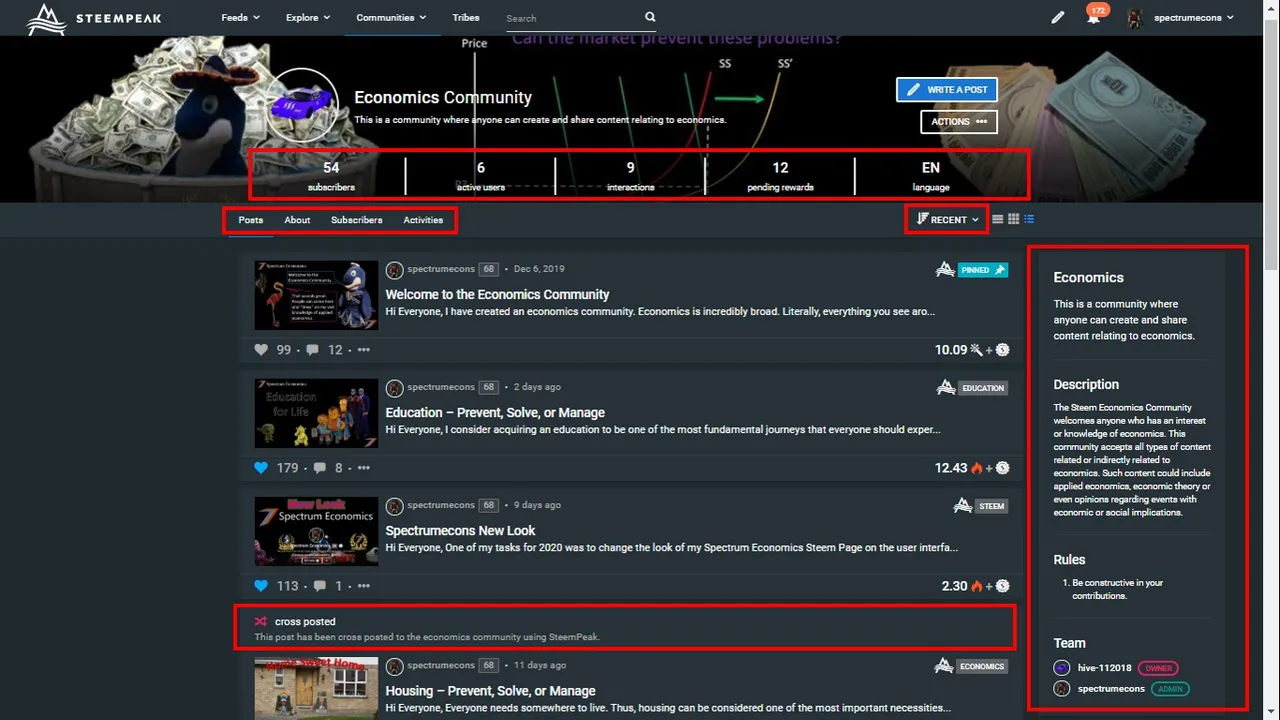
I will use my ‘Economics Community’ to explain the community user interface. Above the page toolbar and overlapping the bottom of the cover image, is information regarding activity in the community. This information includes number of subscribers, active users, interactions and pending rewards. The page toolbar contains links to posts, information about the community, community subscribers, and a record of activities in the community. On the other side of the toolbar, users have the option of how to structure or arrange the posts on the community page. They are able to view most recent, most popular, upcoming payouts, and muted users and content. On the right side of the community page is additional information about the community. This information contains the description, rules and the team members running the community.
SteemPeak has a feature, which enables users to post in several communities; it is called cross posting. I experimented with cross posting from my blog to my ‘Economics Community’. The original post appears copied into a new post and the new post contains a description as to why it has been posted to a community. The Steem blockchain only contains the newly added description as a link to the original post. SteemPeak contains the function of displaying the whole post. Alternative interfaces such as Steemit will display just the description and link.

Posting to communities is easy with SteemPeak. It is very similar to posting to your own blog. The key difference is the inclusion of a dropdown menu which contains options for where you would want to post your content.
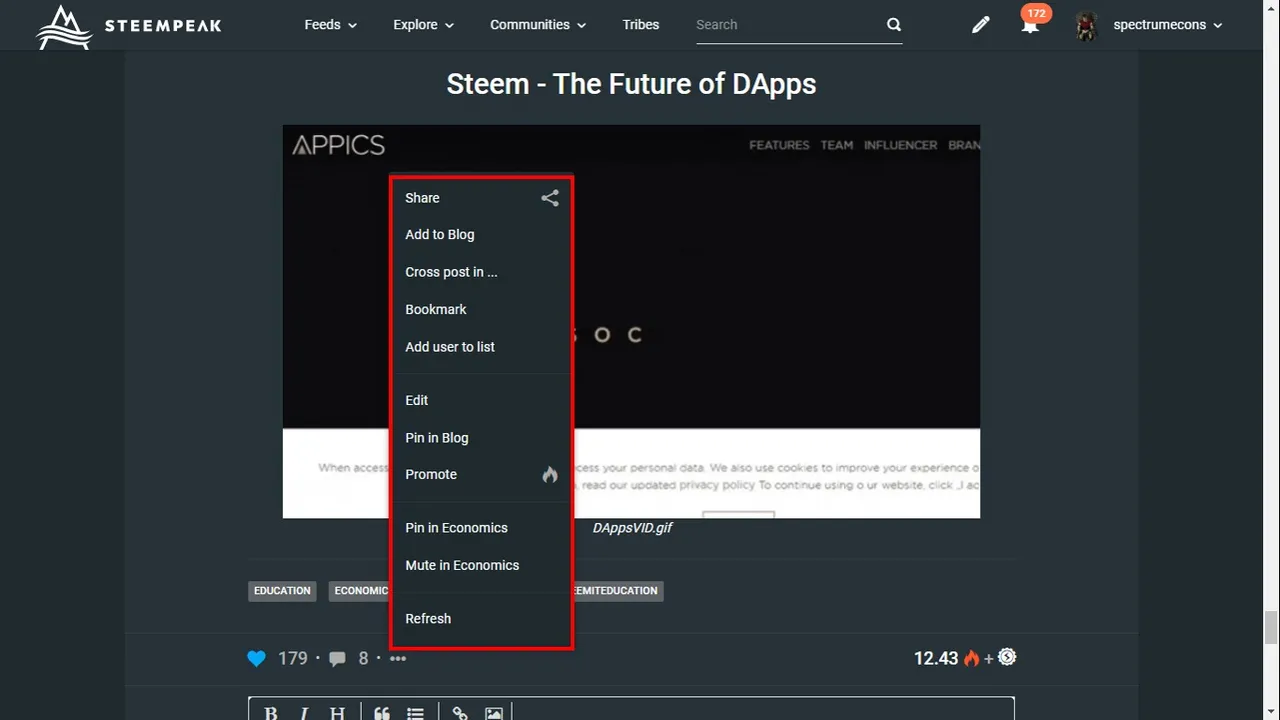
Once you have posted to your community. There are still several more options available.
- You can share your post to other social media such as Facebook, Twitter, or Reddit.
- You can add your community post to your blog so that it appears on your blog page.
- You can cross post to another community. You can do this for another person’s post as well. For example, you might find a post that is relevant to your community. You can cross post that post to your community. The community owner will receive 5% of the author’s payout and the original author will receive 90% of the payout (automated as beneficiaries).
- If you run the community, you could choose to pin a particular post to the top of the community.
- You could also choose to mute a user and post that is not following the community rules or for any reason for that matter.
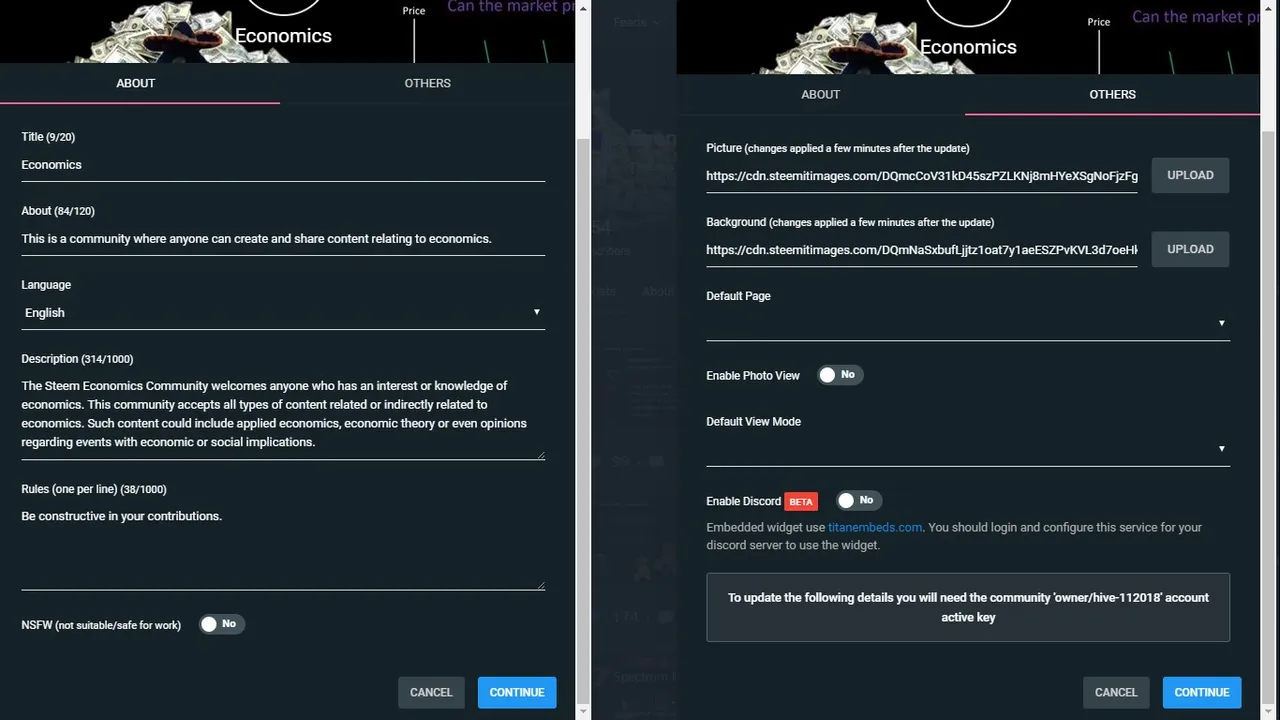
If you have your own community, there is a settings page, which enables the community owner and/or admin to customise and change the community. The settings page can be used to change the description of the community, community rules, the community avatar, the community cover image, and the language to be used in the community.
The video for communities on Steempeak can be watched using the following YouTube link.
Communities on SteemPeak (Video)
Communities on Steemit
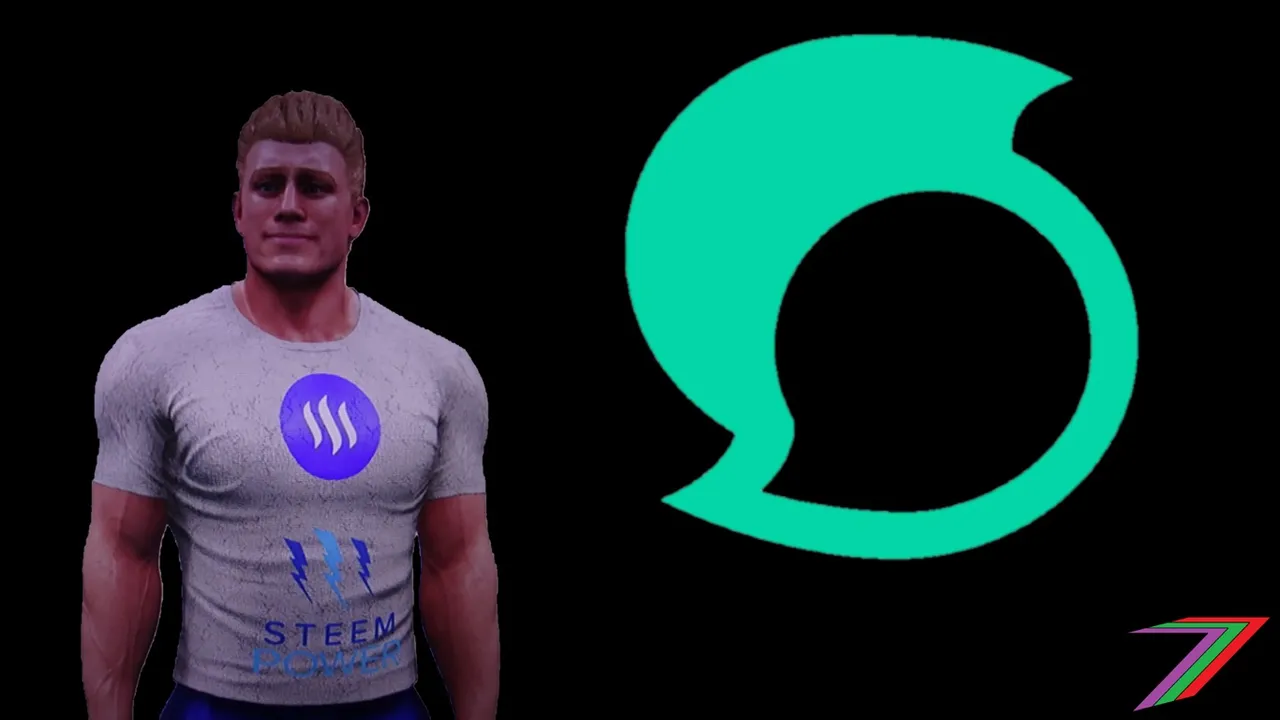
The Steemit development team deserve the most credit for communities. Communities also appeared on Beta Steemit before any other user interface.

Like SteemPeak, Steemit changed the look of their user interface to accommodate communities. Let us start with your page.
- At the top of your page, there is a ribbon that contains a link to a post that provides information about the communities. This is temporary while communities are still new.
- Below your page’s information is some additional information about your account, this includes the amount of effective Steem Power available to the account and where this account ranks in terms of that Steem Power.
- On the next line, Steemit has included how long ago you were active.
- The page toolbar has changed. Blogs and posts have been separated. Blogs are content posted directly to your page rather than to a community. Posts contains all content posted by the user.
- Under the posts heading, you can view posts, comments, or payouts.
- The settings on Steemit have been changed to include cover image and picture/avatar; this was previously found on Steemit Wallet.
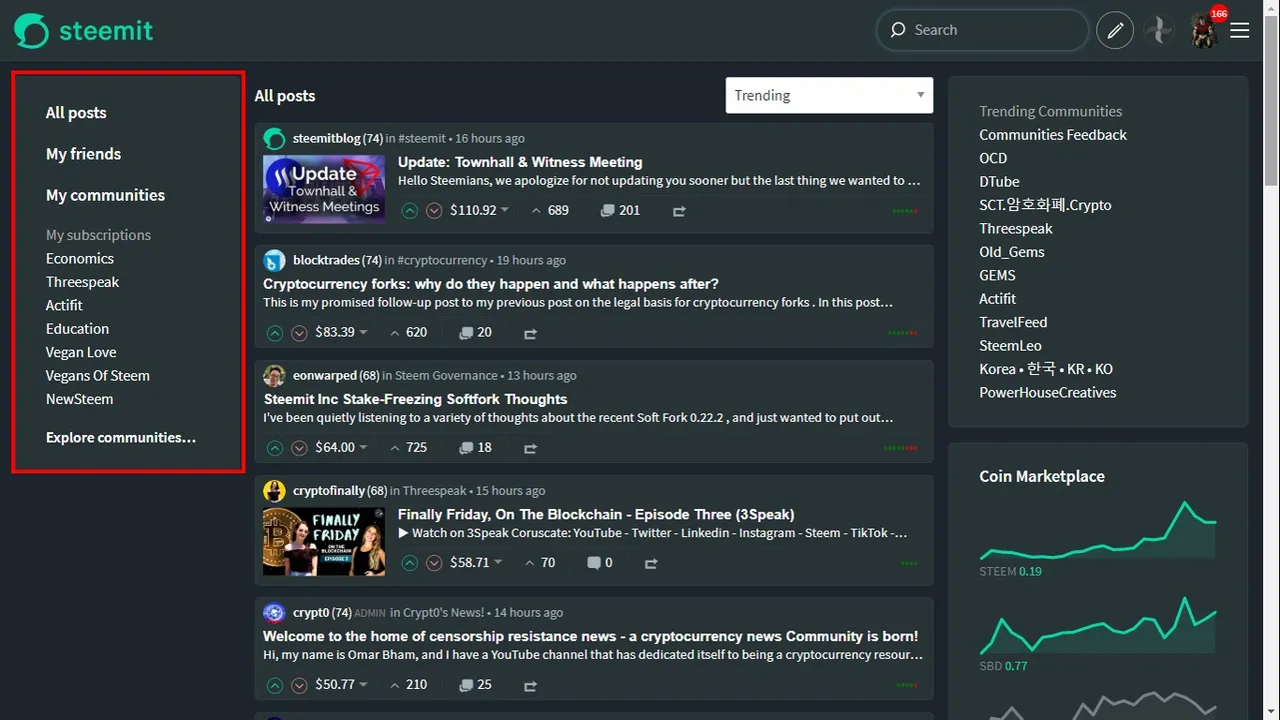
The Steemit Trending Page AKA Front Page has changed with the arrival of communities. The left side of the page contains ‘all posts’, which is the Trending Page with options to view new posts, posts that will soon payout, and muted posts from communities. ‘Hot’ posts appear to have been hidden from the user interface but can still be accessed with the hot extension. Trending comments can also be accessed using the payout_comments extension. Below ‘All Posts’ is ‘My Friends’, which is the general feed. Next, is ‘My Communities’, it contains posts from all the communities that a user has subscribed to. Below ‘My Communities’ are the communities and feeds of communities that a user is following.
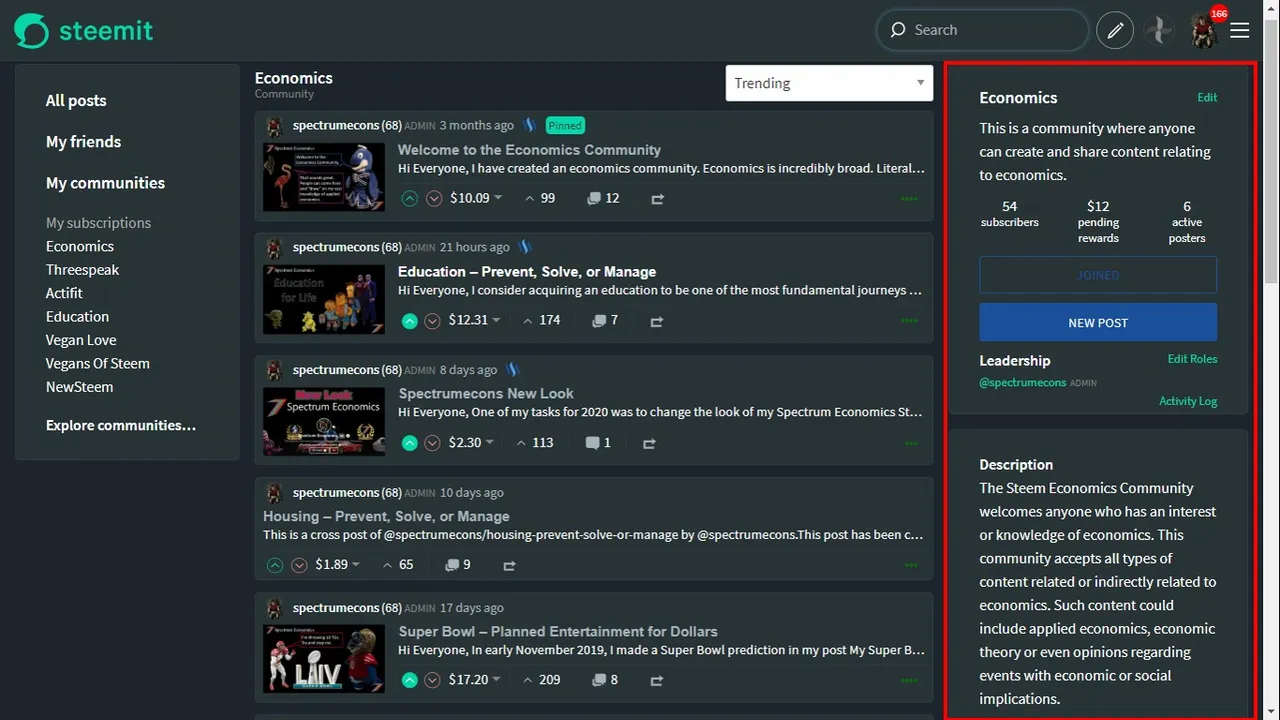
I will use my ‘Economics Community’ to explain the Steemit community user interface. A community page looks like a general page rather than user’s page, which is different from SteemPeak. The right side of the screen contains all the information about the community. This section contains the description of the community, the activity in the community, and the team running the community. This side of the page is where users can find links to create a post for the community as well as join the community. The owner and admins of the community can edit the community as well as edit roles of those involved with the community.
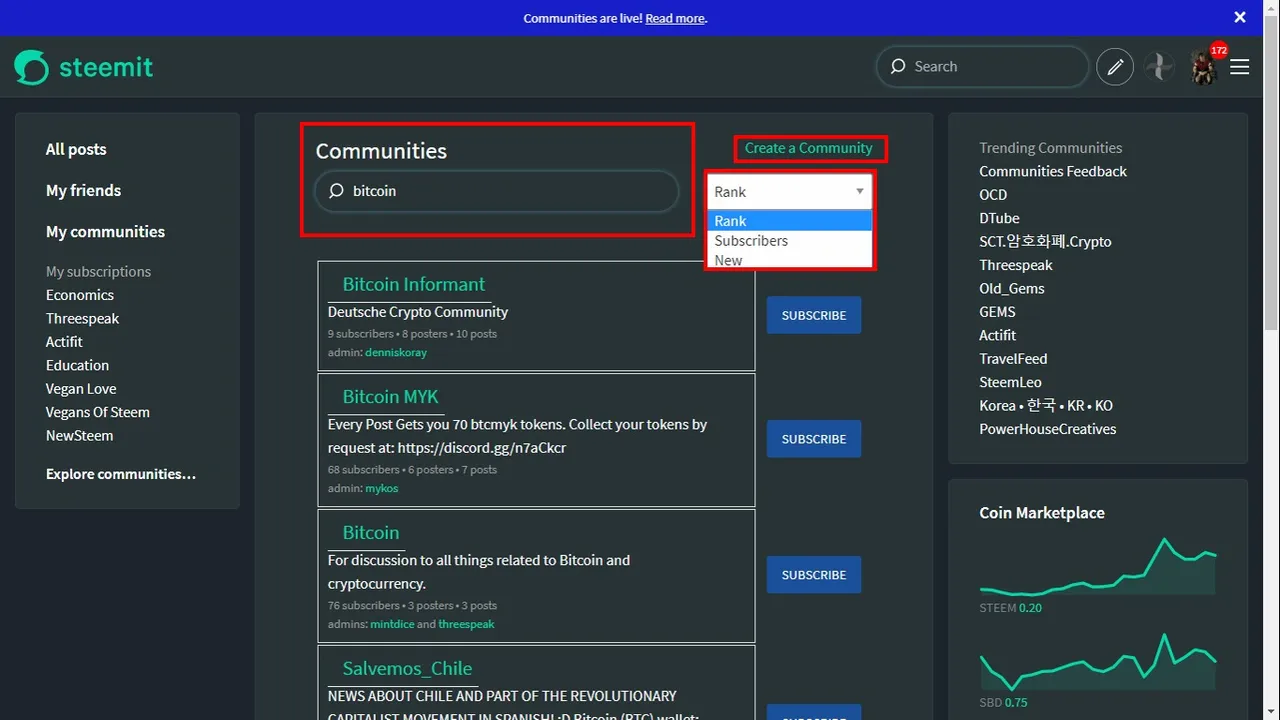
Steemit has an ‘explore communities’ function; on this page, users can search through the communities to find, which communities they want to join. Steemit has a search function similar to Google. This function will search for content related to the search word rather than just for communities with the search word in their title. Users can search for communities based on ‘rank’, number of subscribers and most recently created. ‘Explore communities’ is also a page where someone can access the community create feature.
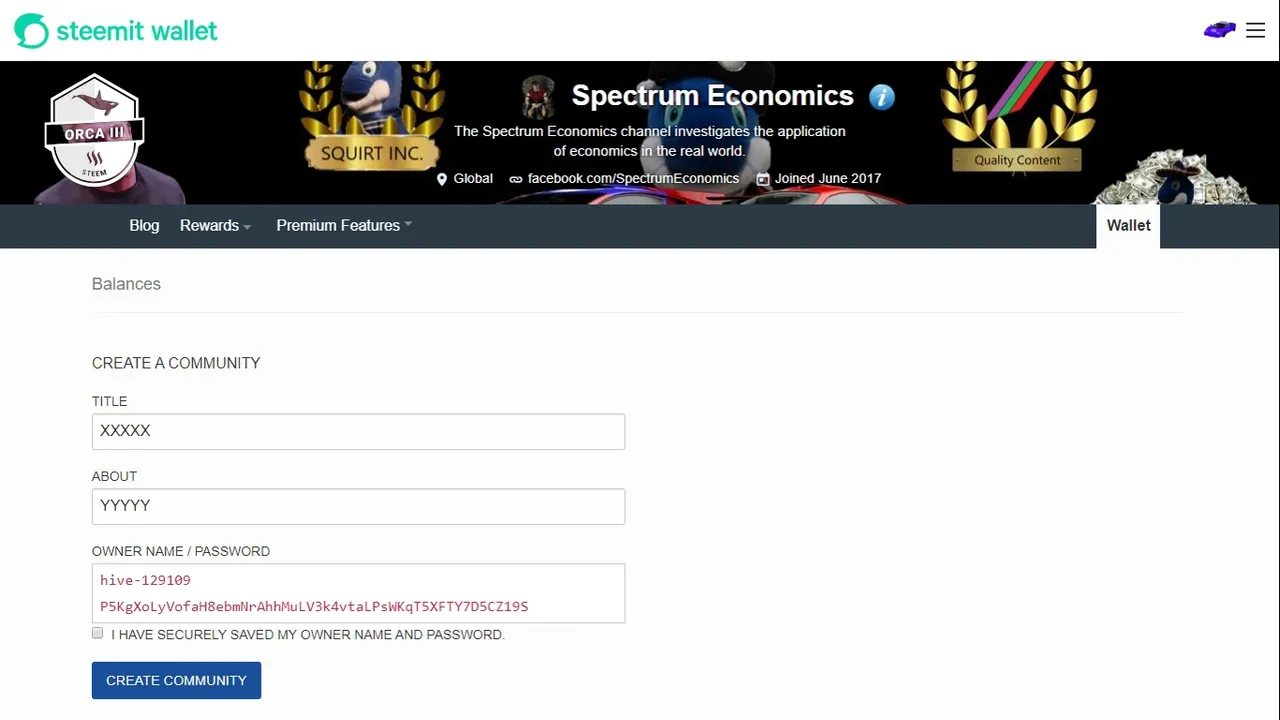
Communities are created using Steemit Wallet. Creating a community is very similar to creating a regular account. The community account has a password and generated keys. To create a community requires a small fee; hence a reason why it is created using Steemit Wallet. On the create screen, the user fills out some basic particulars for the community. These can be changed at any time. An account name is automatically generated, this cannot be changed.
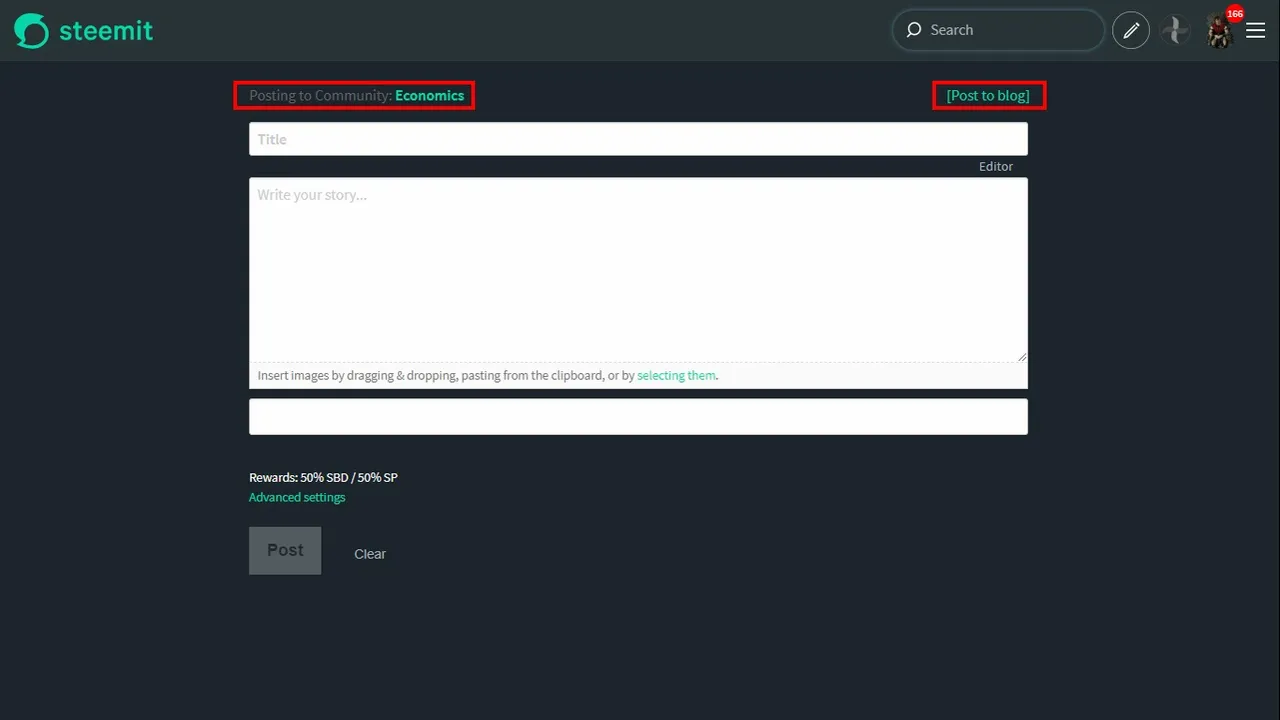
Posting to a community using Steemit is straightforward. A user just needs to visit a community, click the ‘new post’ button. The name of the community to be posted to is stated above the area to enter content. The user can revert to posting to just their own blog by clicking the ‘post blog’ button.
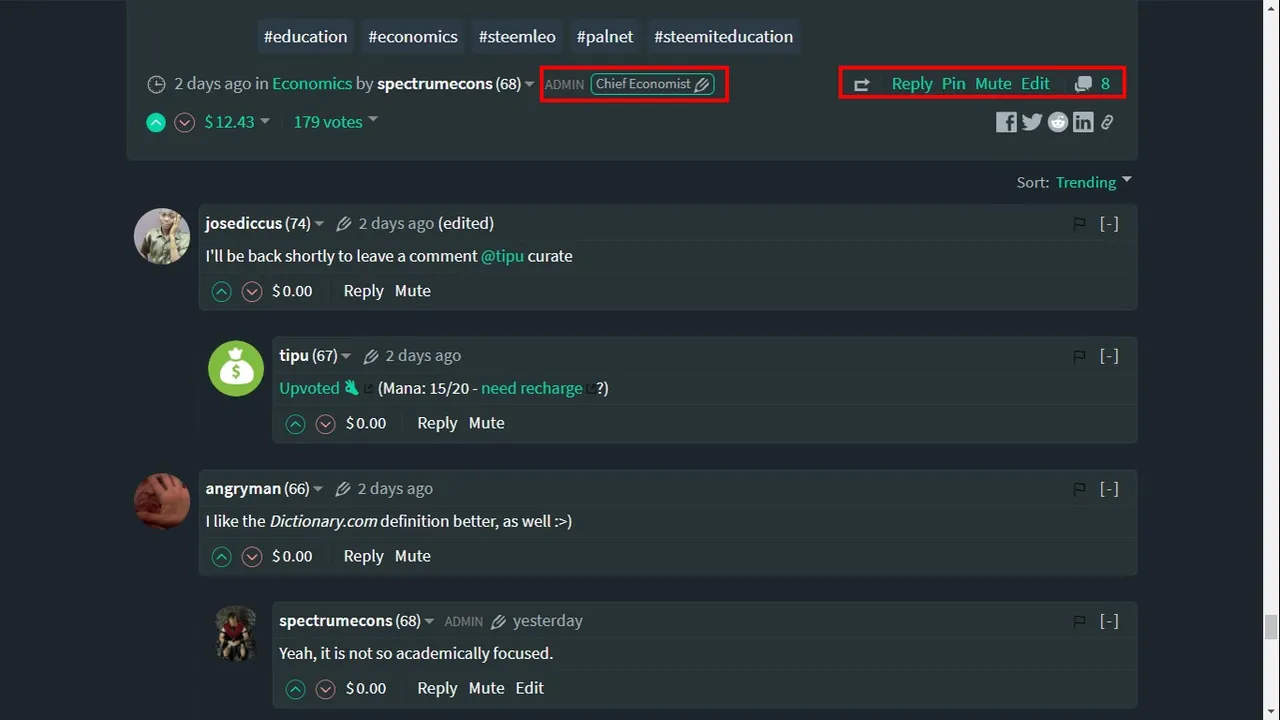
A community owner or admin has a few other options in regards to managing content in their community. They are able to pin important posts to the top of the community page and they can mute users who are not abiding by the community rules.
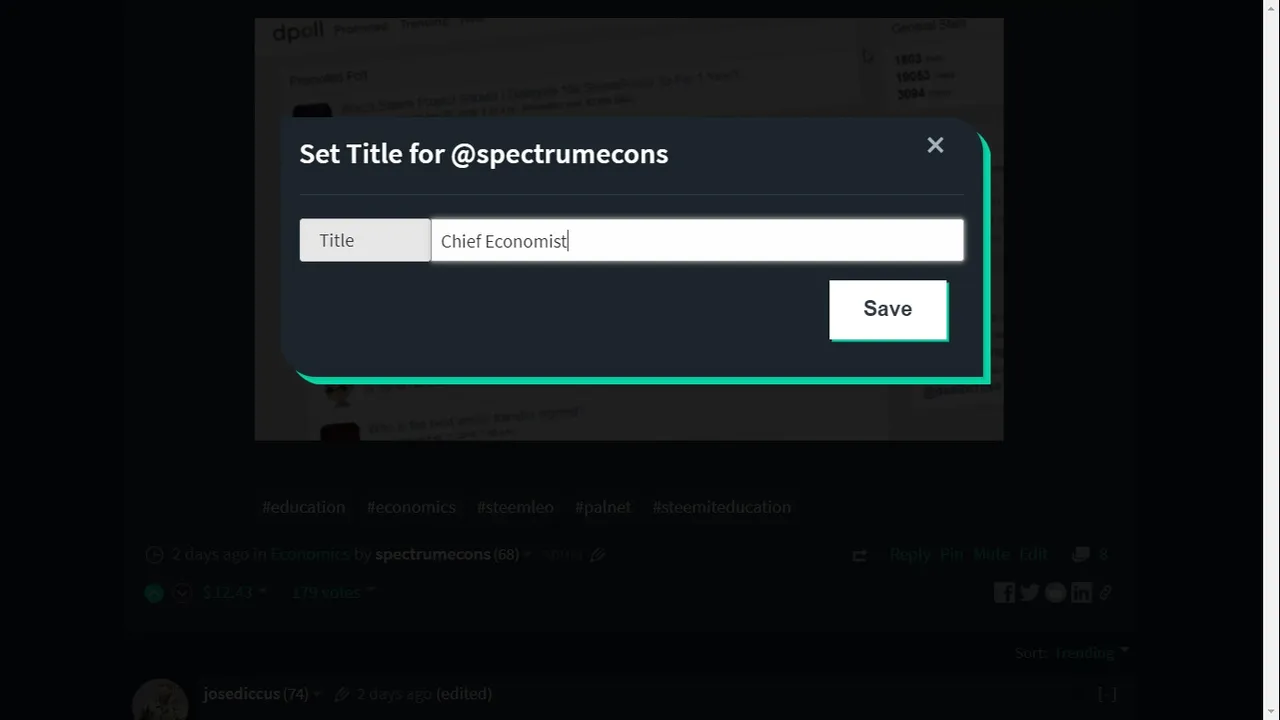
There is another interesting feature on Steemit, which enables a team member of a community to customise their own title in the community. I have changed my title to ‘Chief Economist’ for the ‘Economics Community’. I believe the special title is only currently visible in Steemit.
The video for communities on Steemit can be watched using the following YouTube link.
Communities on Steemit (Video)
Wrap up
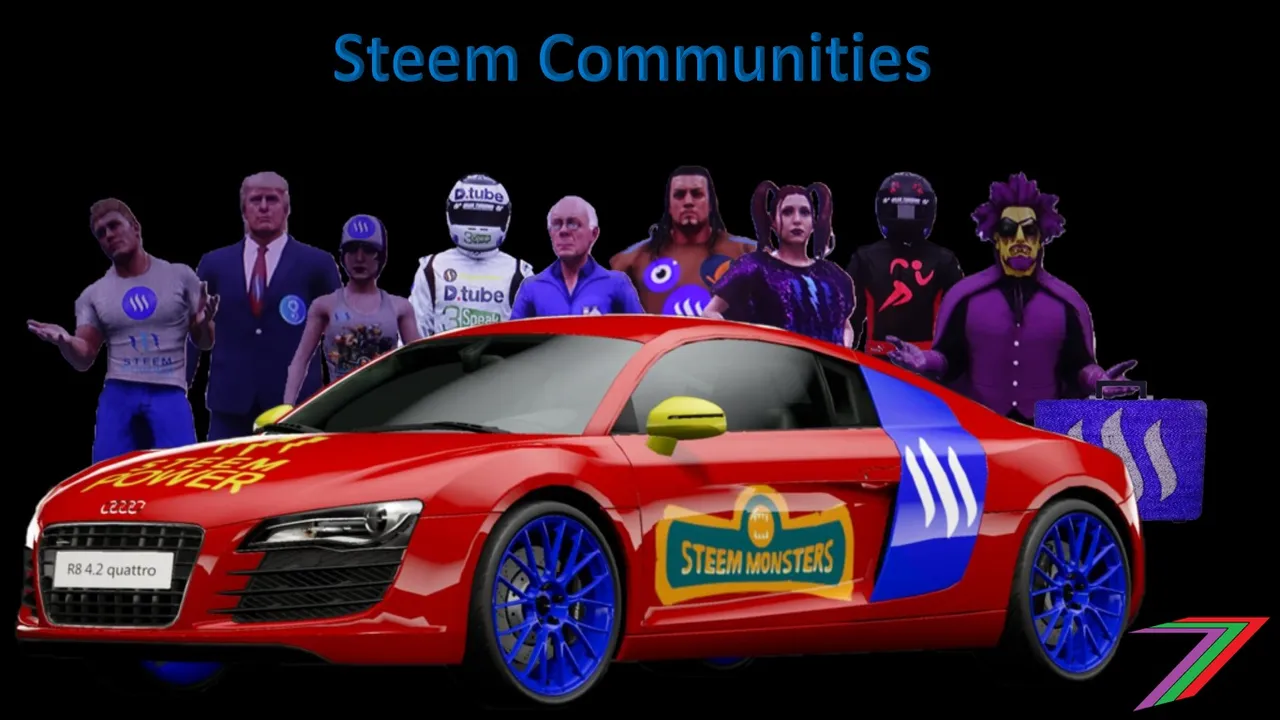
Communities add an interesting new element to Steem. They greatly improve content discovery. They help content creators reach a larger audience and they help curators find content to reward. Communities also offer a very different experience to tribes. Communities focus more on smaller niche groups. Communities are much easier to build for the people that do not have a technical background. They also do not require their own websites as they are integrated into both SteemPeak and Steemit.
Communities may also be integrated with Smart Media Token (SMTs). Eventually, It might be possible for communities to have their token that will be used to reward content and curation. There are likely to be many interesting new developments as the year progresses.
More posts

If you want to read any of my other posts, you can click on the links below. These links will lead you to posts containing my collection of works. These posts will be updated frequently.
Guide to the Steem Ecosystem (Udemy Course)
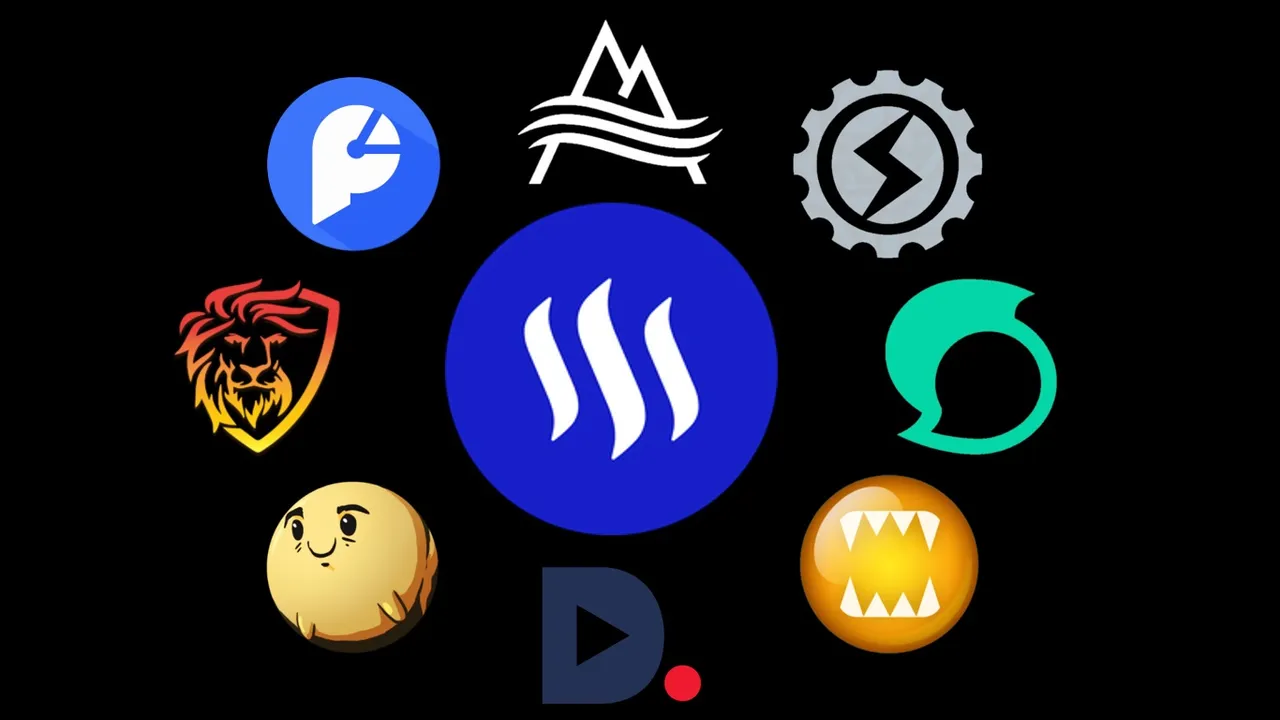
I have launched my Udemy course ‘Guide to the Steem Ecosystem’. This course takes you on journey through the Steem Ecosystem. The course consists of 6 sections. These sections are as follows:
- Getting Started
- Navigating Steem Frontends
- Becoming a Steem User
- Behind the Scenes
- The Wonders of the Steem Ecosystem
- Additional Content (SteemFest 4, SMTs, Communities, etc.)
The course contains 56 video lectures (about 13.5 hours of viewing), 56 multiple-choice questions (10 to 12 at the end of each section), and 59 downloadable resources (presentation slides and additional material such as white and blue papers). The course is free-of-charge. Click the link above to access the course.
I also have an economics course, titled Economics is for Everyone, which contains about 4 hours of video content.
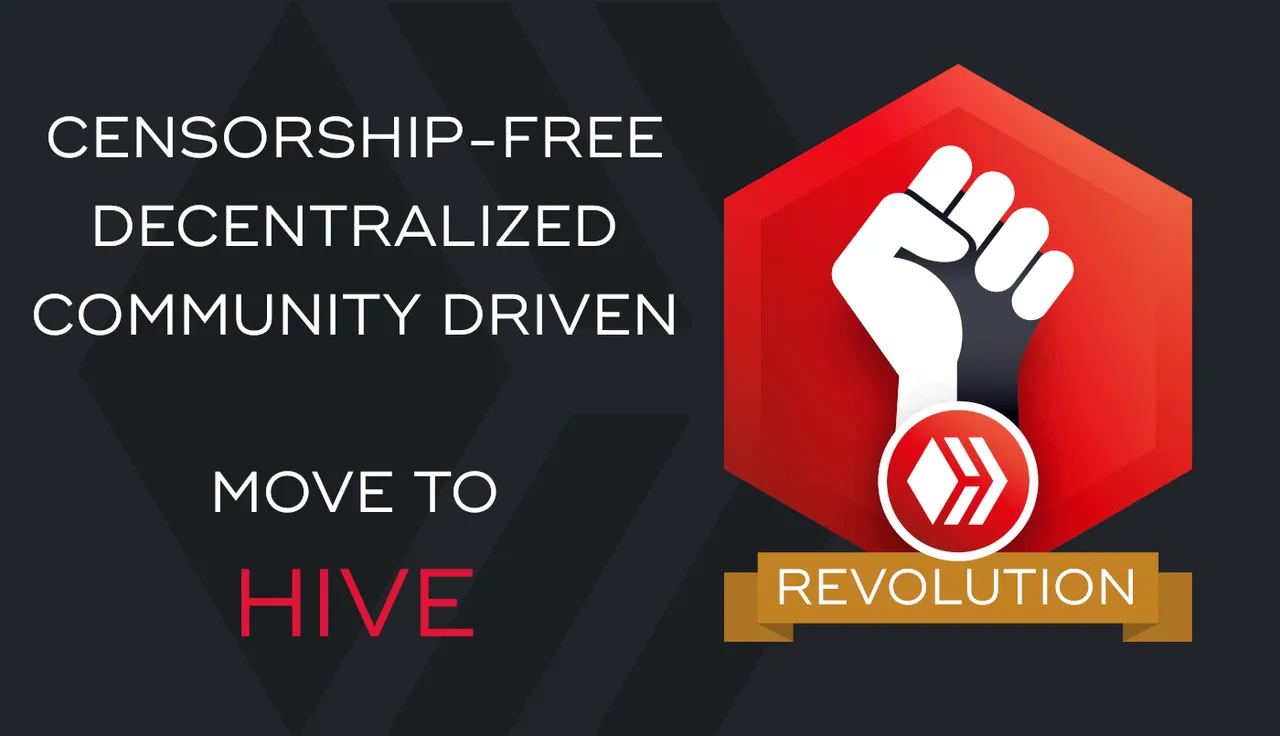



Steem - The Future of DApps
